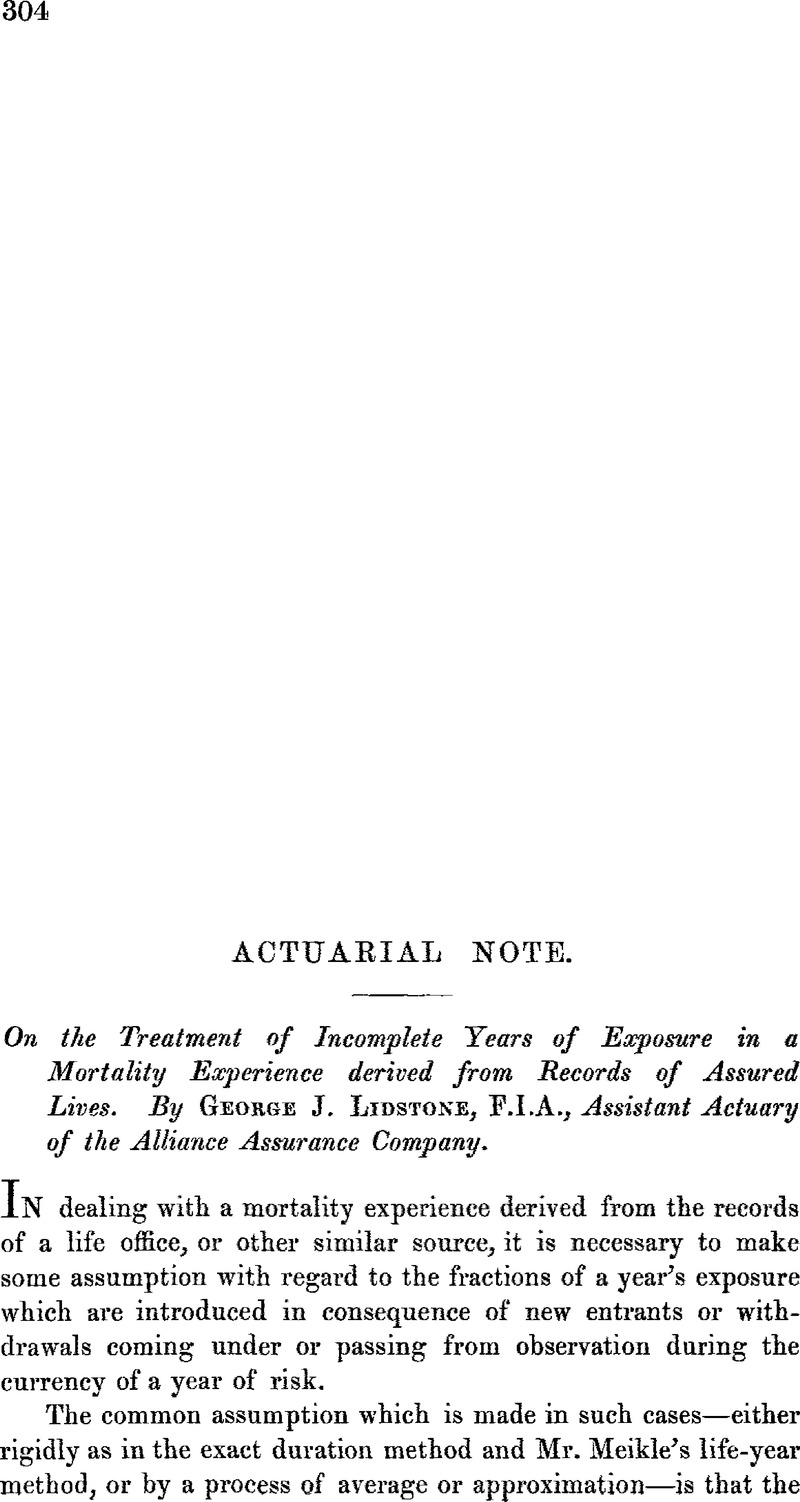Crossref Citations
This article has been cited by the following publications. This list is generated based on data provided by Crossref.
Seal, Hilary L.
1984.
The German and Italian contributions to exposed to risk: A historical review.
Blätter der DGVFM,
Vol. 16,
Issue. 3,
p.
285.



